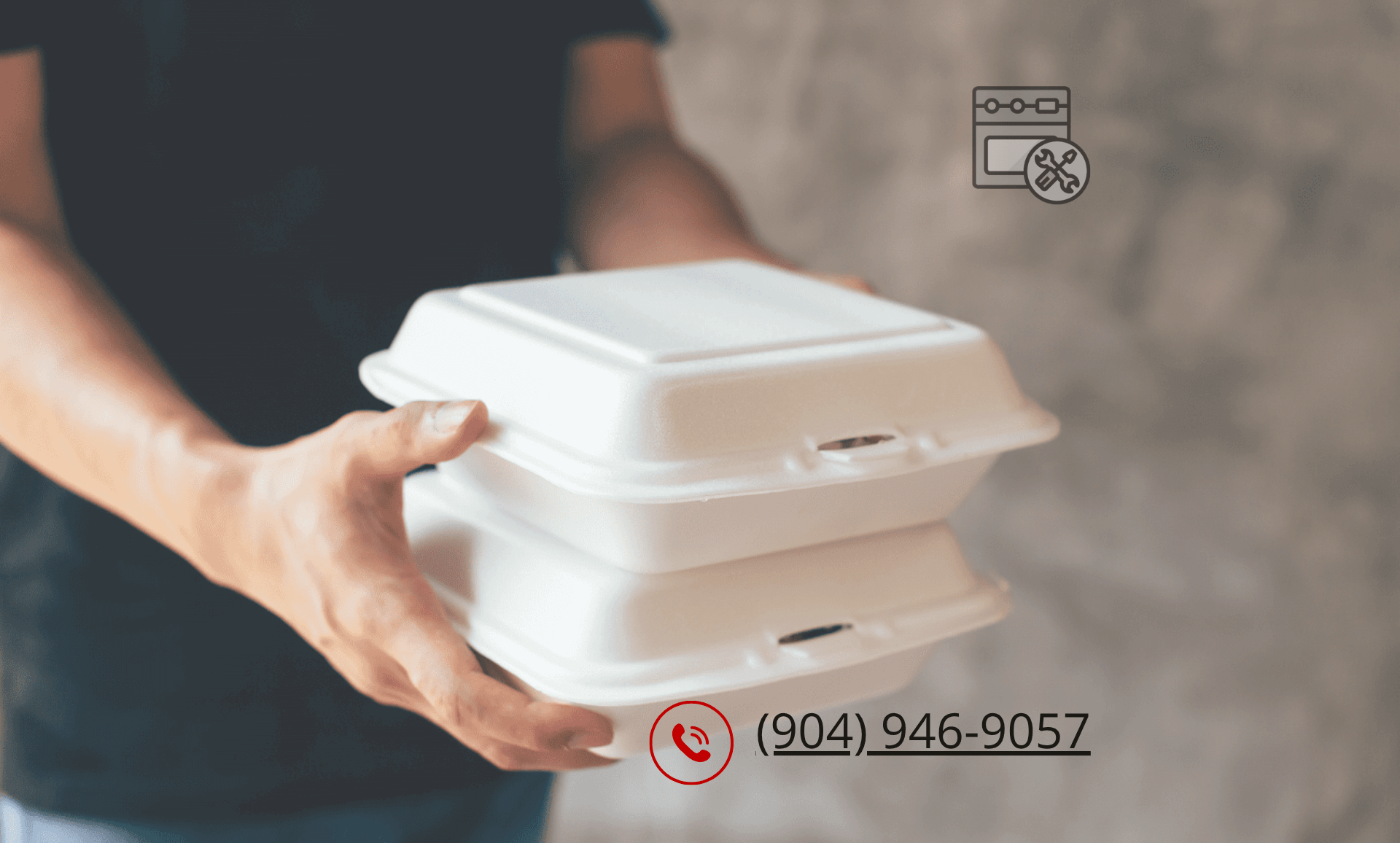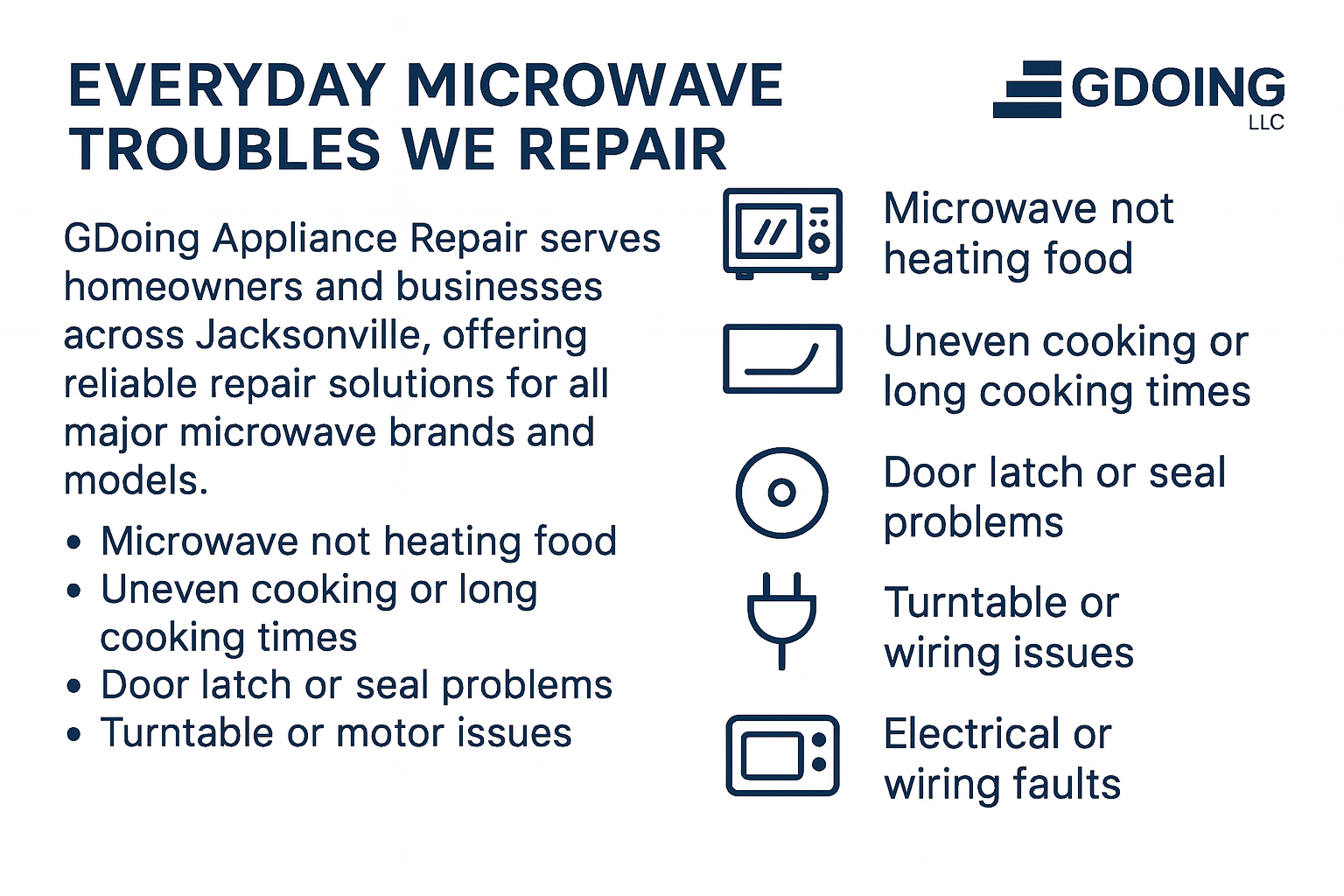Styrofoam containers, cups, and plates have become staples in households and restaurants across the U.S. Their lightweight design and excellent insulation make them convenient for takeout meals, leftovers, and quick snacks. However, many people ask, “can you put styrofoam cups in the microwave?” or “is it safe to heat styrofoam in the microwave?” Understanding styrofoam in microwave safety is essential to protect both your health and your appliances.
Not all Styrofoam products are designed to withstand heat. Using the wrong type can release harmful chemicals or damage your microwave. In this guide, we’ll explore what Styrofoam is, what happens when you microwave it, and offer practical tips and safer alternatives for reheating your food.
What Is Styrofoam?
Styrofoam is a type of polystyrene foam widely used for food containers, cups, and plates. It’s made from polystyrene, a petroleum-based material, combined with benzene derivatives and other chemical additives that give it durability and strength. This makes Styrofoam lightweight, affordable, and an excellent insulator—perfect for keeping drinks hot and leftovers fresh.
Despite its convenience, styrofoam in microwave safety is a key concern. Regular Styrofoam can warp, melt, or release harmful chemicals when exposed to high heat. Only products labeled microwave safe Styrofoam should be used in microwaves. The FDA provides guidance on packaging food-contact substances, including polystyrene, to help consumers make safe choices (FDA, 2025).
By knowing the composition of Styrofoam and which products are safe, you can make informed decisions and protect your health.
What Happens If You Microwave Styrofoam?
Many people wonder: what happens if you microwave Styrofoam? The answer depends on the type of Styrofoam you’re using.
Regular Styrofoam
Regular Styrofoam, commonly used in takeout containers and disposable cups, is not heat-resistant. Microwaving it can cause warping, softening, or even melting. Harmful chemicals like styrene, a potential carcinogen, may leach into your food. Additionally, melted Styrofoam can damage the interior of your microwave and leave difficult-to-clean residues.
Microwave-Safe Styrofoam
Some Styrofoam containers are labeled microwave-safe and meet FDA standards for moderate heat. However, prolonged heating or high-fat foods can still degrade the material and possibly release small amounts of chemicals. Even with these approved containers, following the manufacturer’s instructions is crucial.
A 2023 study on polystyrene’s thermal resistance shows that repeated heating – even of microwave-safe Styrofoam – can weaken its structure and increase chemical leaching risk (ScienceDirect, 2023).
Understanding can Styrofoam be microwaved safely helps you protect both your health and your appliances while still enjoying the convenience of disposable containers.
Are Styrofoam Plates Microwave Safe?
When using Styrofoam plates, it’s important to check are Styrofoam plates microwave safe. Look for the microwave-safe symbol on the bottom of the plate or packaging. This indicates the manufacturer tested the plate for short-term microwave use.
Even with a label, avoid using old, cracked, or heavily stained plates, as they can warp and release chemicals. Microwave safe disposable containers should follow the manufacturer’s instructions – generally for reheating, not cooking.
When in doubt, transferring food to a ceramic or glass plate is the safest approach, protecting your health and your microwave.
Can You Put Styrofoam Cups in the Microwave?
Many ask: can you put styrofoam cups in the microwave? Most standard Styrofoam cups are not microwave-safe and can melt, warp, or leach harmful chemicals.
Some cups are designed for brief heating and are labeled microwave safe Styrofoam. Always check the packaging, avoid overheating, and never leave cups unattended.
If unsure, transfer your drink to a ceramic or glass cup – it’s a simple, safe solution for your health and microwave.
Safety Tips for Microwaving Styrofoam
To ensure styrofoam in microwave safety, follow these tips:
- Check labeling: Only use containers labeled microwave safe. If there’s no label, assume it’s unsafe.
- Short reheating only: Styrofoam is for brief warming, not long cooking sessions.
- Avoid overheating: Heat in intervals and stir food to prevent melting.
- Never use damaged containers: Cracks, dents, or old containers are unsafe.
- Consider alternatives: Use microwave-safe disposable containers made from paper or certified plastic.
Following these steps answers the common question: is it safe to heat Styrofoam in the microwave? With caution, you can reheat safely.
Alternative Safe Reheating Methods
For maximum safety, avoid Styrofoam when possible. Use ceramic, glass, or verified microwave-safe plastic containers. Options include:
- Glass bowls with lids: Ideal for soups, leftovers, and evenly heating meals.
- Stovetop reheating: Use a saucepan or skillet; add water and cover to retain moisture.
- Oven reheating: Conventional or convection ovens are perfect for casseroles and baked dishes.
These methods eliminate toxins, provide consistent heating, and extend the life of your microwave.
Not all Styrofoam is safe for microwaving. While some microwave safe Styrofoam exists, caution is always required. Regular Styrofoam can release harmful chemicals and damage food or appliances.
Expert advice: follow packaging instructions, avoid heating damaged or old containers, and use safer alternatives like glass, ceramic, or certified microwave-safe plastic.
If you’re unsure about your microwave or containers, consult a professional for advice or a safety check. Protecting your health and your appliances should always come first.
FAQ
1. Can you put Styrofoam in the microwave safely?
Not all Styrofoam is safe for microwaving. Only containers or cups labeled as microwave safe Styrofoam can handle short heating periods. Regular Styrofoam may melt, warp, or release harmful chemicals like styrene into your food or drink.
2. What happens if I microwave regular Styrofoam?
Microwaving regular Styrofoam can cause it to deform, melt, and leach toxic chemicals. This not only affects your health but can also damage your microwave. Always check the label before heating.
3. How can I tell if a Styrofoam container is microwave safe?
Look for the “microwave safe” symbol on the bottom of the container or cup. Avoid using cracked, old, or heavily stained containers, even if they were originally labeled as microwave-safe.
4. Are Styrofoam plates safe in the microwave?
Some disposable Styrofoam plates are microwave-safe, but many are designed for single use only. If a plate doesn’t have a label, transfer food to a glass or ceramic plate for reheating.
5. What are safe alternatives to Styrofoam for reheating?
The safest options are glass, ceramic, or certified microwave-safe plastic containers. These materials heat evenly, avoid chemical exposure, and protect your microwave from damage.
6. How can I reheat beverages safely instead of using Styrofoam cups?
Transfer your drink to a microwave-safe ceramic or glass mug. This prevents chemical leaching and ensures your cup won’t warp or melt.7. Can repeated microwaving of Styrofoam cause long-term health risks?
Yes. Even microwave-safe Styrofoam can degrade with repeated heating, potentially releasing small amounts of chemicals. Limiting use and opting for safer alternatives is recommended.


